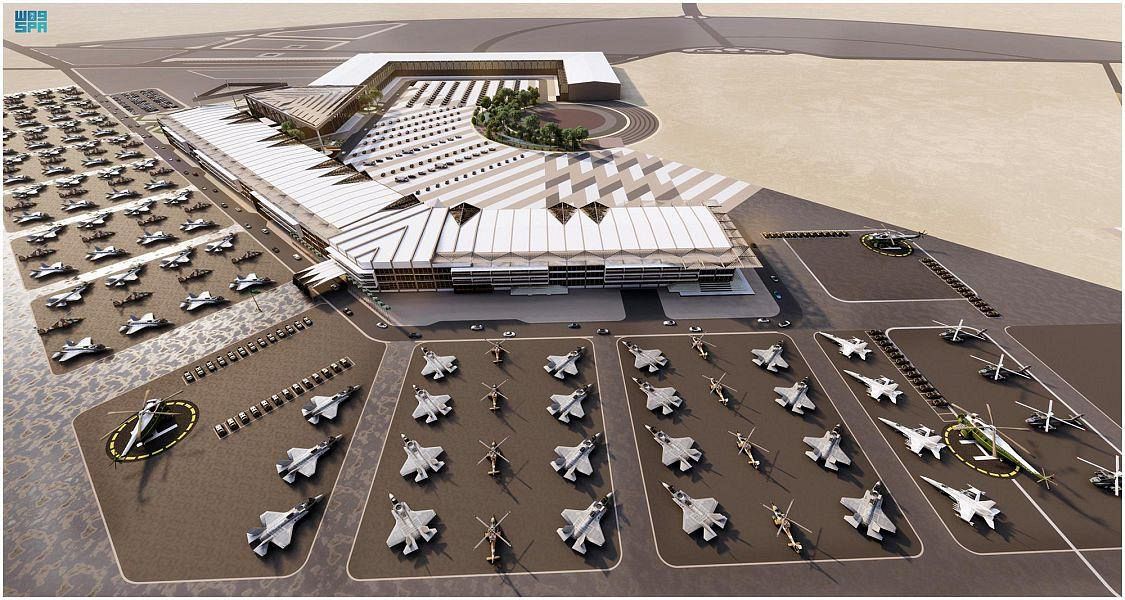
Korea is set to launch its domestically developed Nuri rocket on Thursday, which will be a historical step forward for the country to become a prominent player in the space industry.
It will also be a major step toward jumpstarting the country’s space program and achieving ambitious goals in 6G networks, spy satellites, and even lunar probes.
If all goes well, the three-stage Nuri rocket, designed by the Korea Aerospace Research Institute (KARI) to eventually put 1.5-ton payloads into orbit 600 to 800km above the Earth, will carry a dummy satellite into space on Thursday.
The KARI, which will oversee the launch, said the 200-ton Nuri rocket would lift off from the Naro Space Center in Goheung, 473 kilometers south of Seoul, Thursday. It is expected to be launched at around 4 p.m., but KARI will announce the exact time in the morning, after considering weather conditions.
South Korea’s last such booster, launched in 2013 after multiple delays and several failed tests, was jointly developed with Russia.
The new KSLV-II Nuri has solely Korean rocket technologies, and is the country"s first domestically built space launch vehicle, said Han Sang-yeop, director of KARI"s Launcher Reliability Safety Quality Assurance Division.
"Having its own launch vehicle gives a country the flexibility of payload types and launch schedule," he told Reuters in an email.
It also gives the country more control over “confidential payloads” it may want to send into orbit, Han said. That will be important for South Korea’s plans to launch surveillance satellites into orbit, in what national security officials have called a constellation of “unblinking eyes” to monitor North Korea.
If the launch is successful, Korea will be the seventh country to launch a space rocket with domestically developed technology ― following Russia, the United States, France, China, Japan and India ― that has the independent capability of placing an over 1-ton satellite into orbit.
Since 2010, Korea has invested around 2 trillion won ($1.7 billion) in the Nuri development project. As the October launch is a test, the rocket will carry a 1.5-ton dummy satellite into space to see if it can reach an orbital altitude of 700 kilometers, KARI said.
The Thursday launch could be delayed in case of bad weather or technological issues although there will remain a launch window from Oct. 22 to Oct. 28. The institute said weather conditions such as optimal temperature, humidity, wind and cloud cover, must be met for a successful launch.
Regardless of the success or failure of the test, KARI"s next trial launch is scheduled for May, next year.
"Currently only six countries have succeeded in developing medium and large engines with their own technology," Oh Seung-hyub, director of the Launcher Propulsion System Development Division of KARI, said during a media briefing, Oct. 12.
If Korea succeeds in the test launch, Korea could become a powerhouse in the space industry, Oh said.
"It is meaningful that KARI supported the creation of a space industry ecosystem with the launch vehicle and the strengthening of industrial capabilities while conducting the Nuri development project," he said.
At a time when even private companies are fiercely competing in the space race, Korea expects the Nuri will signal that the country is joining the industry with huge potential.
Korea has been almost fully dependent on the US for intelligence satellites, and so the rocket will provide the country an opportunity to build its own satellite-based navigation system and a sixth-generation communications network, and venture into other industrial sectors in the space industry.
In 2020 a Falcon 9 rocket from the US firm Space X carried South Korea’s first dedicated military communications satellite into orbit from the Kennedy Space Center in Florida.
Nuri is also key to South Korean plans to eventually build a Korean satellite-based navigation system and a 6G communications network. “The program is designed not only to support government projects, but also commercial activity,” Oh said.
South Korea is working with the United States on a lunar orbiter, and hopes to land a probe on the moon by 2030. — Agencies










